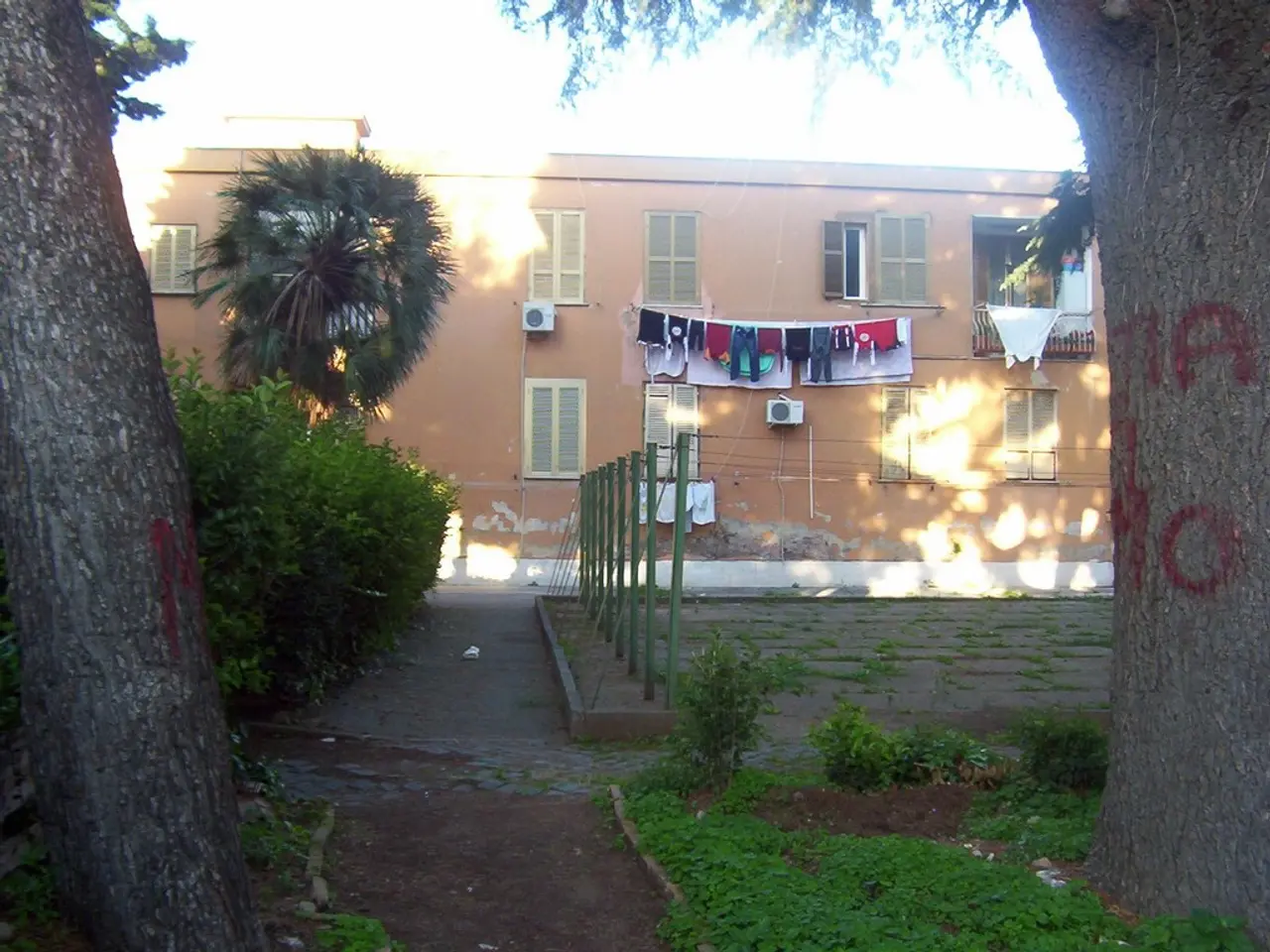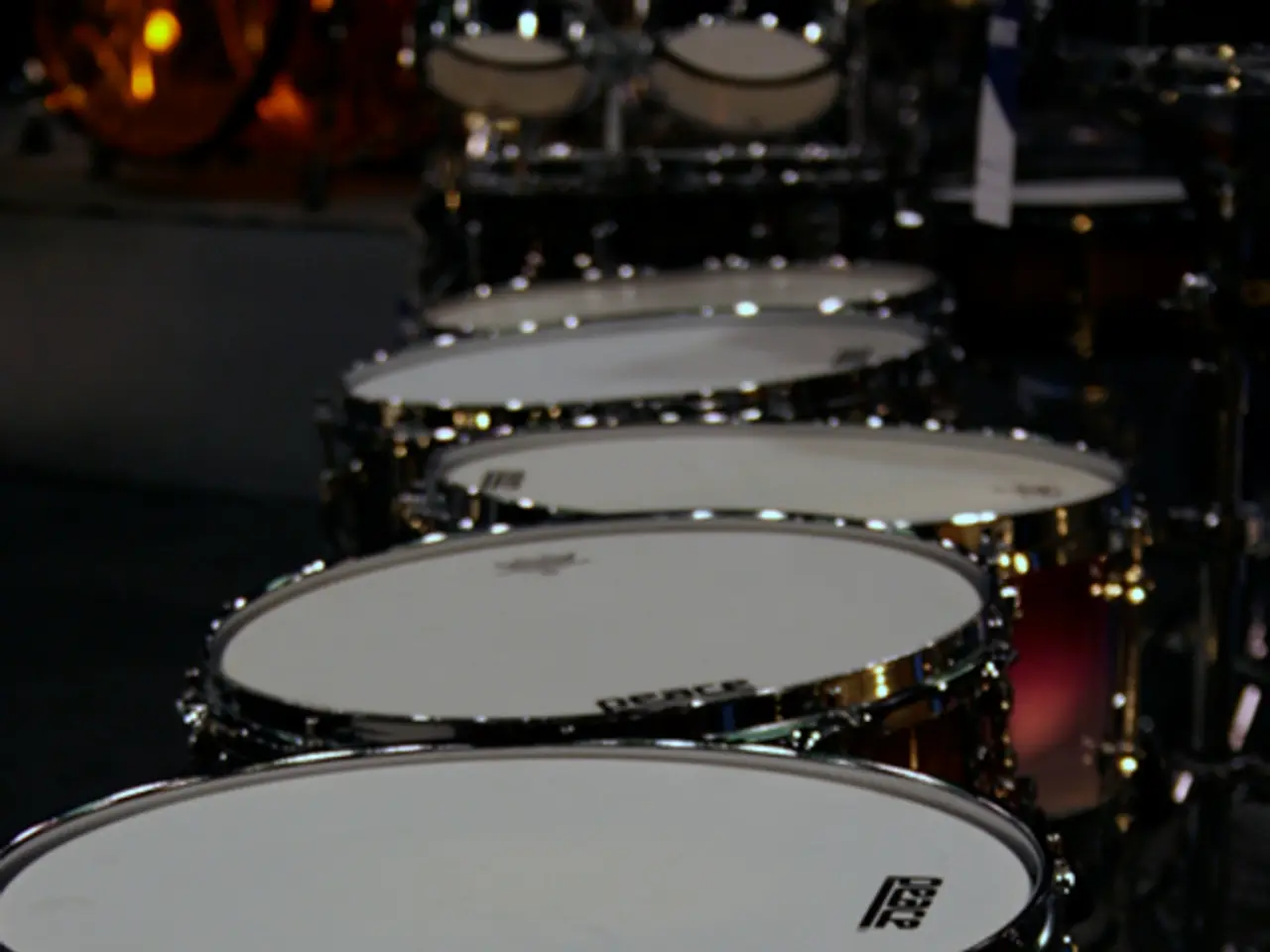Information about Air Quality Testing in Mudd Area
In a recent development, the results of an air quality test conducted at the Mudd Center have been made available for public viewing. The testing was carried out as a precautionary measure following a power outage at the building, with the primary aim of ensuring the safety of staff and occupants.
The testing process involved data collection at various stages of the shutdown and restoration of the Mudd Center's building systems. The data collected several days into the shutdown is represented by the top line in the results, while the data collected after 36 hours of building systems being operational is represented by the bottom line.
The comparison of these two sets of data provides valuable insights into the Mudd Center's air quality at different stages of the shutdown and restoration process. The testing was part of standard procedure for buildings that have been idle for a period of time, and the data collection and comparison process was specific to the Mudd Center, not involving any other buildings or locations.
It's worth noting that the search results do not contain specific information or data about an air quality test result comparison before and after a 36-hour operation of building systems at the Mudd Center following a power outage. However, a general explanation of how building system operations after a power outage might affect indoor air quality can be provided.
In typical scenarios, the restoration of power and subsequent operation of building systems can lead to improvements in air quality. This is due to the resumption of ventilation and filtration systems, which help to circulate fresh air and remove contaminants from the indoor environment.
To view the detailed test results, simply click [HERE](link_to_results). It's important to note that these results are crucial in ensuring the ongoing safety and well-being of the Mudd Center's staff and occupants. Further analysis and interpretation of these results will continue to provide valuable insights into the effectiveness of the Mudd Center's procedures during and after a power outage.
The Mudd Center's air quality test results also extend to other areas of environmental science, including health-and-wellness and therapies-and-treatments. For instance, understanding the indoor air quality before and after the power outage could potentially help in implementing better health-and-wellness strategies within the center. Additionally, the test results contribute to the broader field of environmental science, shedding light on how building systems' restoration can impact various environmental factors, such as air quality.




